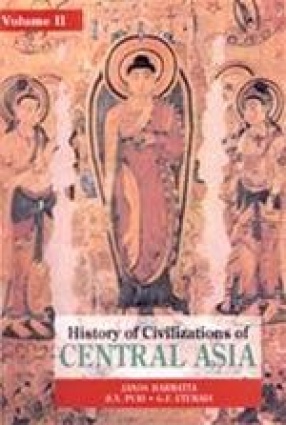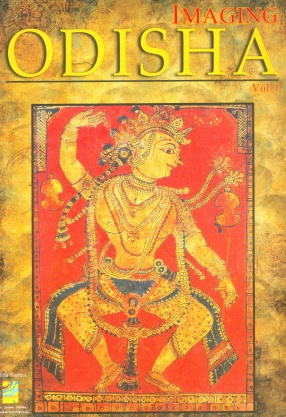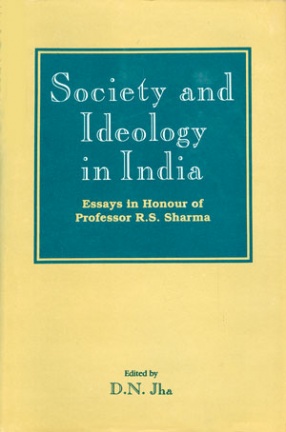Volume II of the History of Civilizations of Central Asia presents an account of various movements of populations and the interrelations of their cultures in this region between 700 B.C. and A.D. 250. This period saw the emergence of several nomadic and sedentary civilizations who lived partly in the steppe zone and partly in the oasis zone. The contrast between them was accentuated by the rise of the Achaemenid Empire. The invasion of Alexander the Great transformed the scene. The nomads were driven back, sedentary civilization was strengthened and became rapidly predominant. With the rise of the Graeco Bactrian Kingdom, the civilizations of Central Asia underwent a fundamental change by a progressive syncretism between Zoroastrianism, Greek religion and Buddhism, which formed the basis of the civilizations of Central Asia up to the Arab conquest. In the first century B.C. the Sakas established a series of kingdoms in eastern Iran and north-western India, but in the first century A.D. these territories came under the control of the Parthians who ruled an empire that stretched from Sistan to the Indus and beyond. Meanwhile, the Kushan Empire was emerging, overthrowing the Parthians and annexing their Indian provinces. A Rich and prosperous trade developed between the Mediterranean and China through Central Asia by what is known as the Silk Route. Traversed by caravans of Bactrian camels, this international highway remained in use for several centuries despite the development of the sea routes. It was only in about A.D. 234 that the Kushan Empire faced a new powerful enemy—Sasanian Iran—who. led to its disintegration.
History of Civilizations of Central Asia (Volume II)
In stock
Free & Quick Delivery Worldwide
reviews
Bibliographic information
Title
History of Civilizations of Central Asia (Volume II)
Author
Edition
1st ed.
Publisher
ISBN
8120814088
Length
573p., Figures; Plates; Maps; References; Bibliography; Index; 25cm.
Subjects





There are no reviews yet.